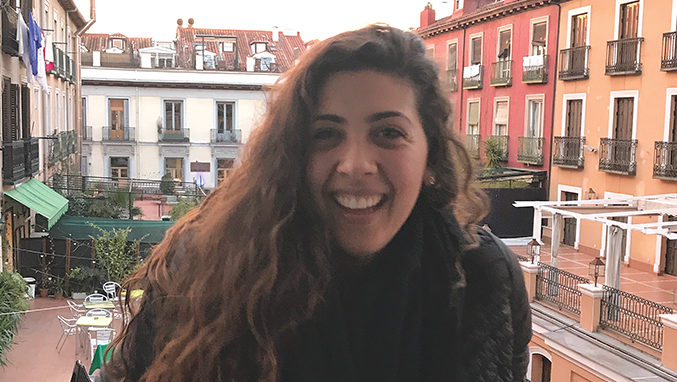As I approach my late 20s, I start to look back at my childhood more and more. It’s always been a habit. The only difference now is, I’m just beginning to truly understand it. Every decision and move was highly influenced by what was around me — good or bad. I feel for the kids who were surrounded by negative influences more than positive ones. In some cases, it’s all they knew. One decision or one mistake can change their track in life forever. It’s not so much because of the action, but because of what follows. They are now on their way to the closest juvenile detention center.

There are other steps that should be taken before sending a child to a place they don’t belong — a place that, if I’m being honest, shouldn’t even exist. Such a place stunts their growth. As best said by those impacted, they are robbed from becoming so much more. I can think of so many options before resorting to locking up a child. I’ve participated in programs geared towards former foster youth and former incarcerated youth. From an outsider’s point of view, these organizations focus on creating a safe and healthy future for its participants. But, if I could write the fine print, I’d say they are undoing the damage and delay these detention centers cause.
The list of reasons created for sending a child to juvie are endless. Whether it’s truancy, robbery, or anything in between, it is strange to think a place that promises nothing but confinement is the only solution. So, what alternatives exist? I think it’s important to understand these children are products of their environment. At this age, they are learning how to move in the world. While some kids are fortunate enough to learn new languages, participate in sports, and have the love and support from those around them, it doesn’t mean this counts for all. Sometimes, survival is what matters most. They are being raised by those who so desperately need healing, and sometimes, they’re just on their own. It’s inhumane to think the best way out is to lock them in.
What at-risk children need is a support system that will help guide them in the right direction and show them there are other ways to move in the world. The short amount of life they’ve lived so far doesn’t mean it’ll be that way forever. There is a way out. Childhood doesn’t last long enough, especially for those forced to grow up before they even reach their teenage years. We need to focus this time on nourishment and ways to stray them away from certain lifestyles. Locking them up will only create bitterness, isolation, fear, and re-introduce them to the same, if not worse, lifestyle patterns. Programs that, instead, focus on teaching skills they can use for a lifetime will help deter them from falling into the same patterns. Instead of focusing on prisons and detention centers, I propose programs that won’t focus on punishment, but rather divert children in the right direction, give them a positive experience, and instill various methods to work through their traumas. They are just touching the water when it comes to such lifestyles. They aren’t drowning but they can really use some floaties before it’s too late.
We must teach children how to survive in the outside world, not the inside of a prison. Programs geared towards enhancement in fun subjects can be tailored in a way to teach children new skills that are also applicable to what they’ve been through. They deserve to be free and playful at their ages. For example, a program introducing kids to different art forms creates a playful environment where curiosity and creativity are encouraged, and, more importantly, where a craft can be used as an outlet. Another example is a program focused on all things wheels. Children love scooters, bikes, skates, and more. If they are in a space participating with other children and having a blast, they’ll soon learn what a community is supposed to feel like. They’ll pick up a great hobby and use it as a tool that advances them. Introducing children to different hobbies serves as so much more than a time pass. They can heal through these spaces and communities. They will find something they never had before. Creating such spaces is a process that can be lengthy, but the space to hold conversations about making this possible exists. It is time we leave behind what isn’t working and focus on new paths dedicated to helping youth heal and claim their childhood.





